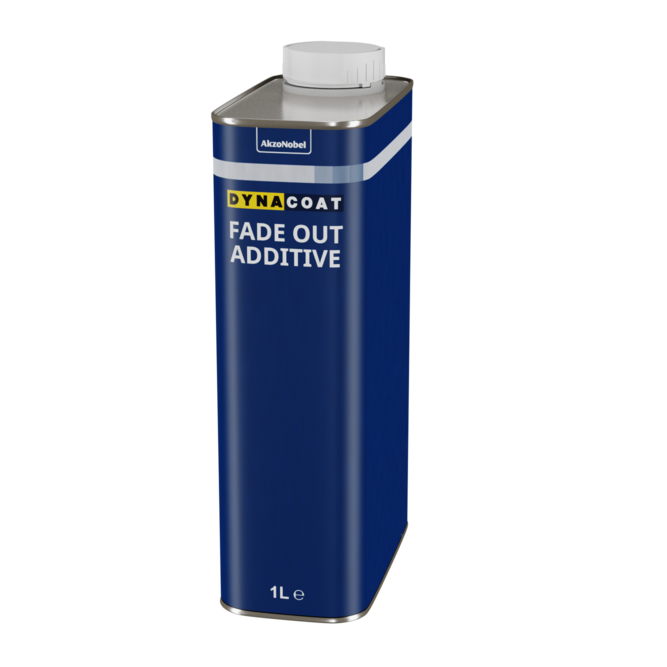DYNACOAT thinner for transitions (Fade Out Additive) – Ideal for Multi-coat Painting Processes
DYNACOAT thinner for transitions is a specially formulated product designed to provide a smooth and even transition between different paint layers, ensuring a natural and invisible transition between painted surfaces. This additive is used to mix a clear coat over an existing paint coat to remove excess edges in faded areas or small spots, such as bumpers.
- Perfect Transition Between Layers: DYNACOAT thinner for transitions ensures a perfect and smooth transition between painted surfaces, helping to create a seamless finish as desired, without visible transition lines. This is especially important when blending old paint or faded areas.
- Dissolves Stock Edges: This product helps to remove and reduce excess edges that often occur when applying multiple coats. This allows for a perfect transition without sharp, visible lines.
- Suitable for small spots and faded areas: DYNACOAT Thinner is ideal for working with small spots or faded surfaces, especially on bumpers where a subtle paint transition effect is required.
- Polishing after drying: Faded areas can be polished once dry, which allows for the highest quality finish, removing any unevenness or visible transition marks.
DYNACOAT Thinner for transitions should be used as an additional additive during the painting process, mixed with clear coats on existing coatings. When used correctly, it helps to achieve a smooth and professional finish without creating any visible edges or boundaries between painted surfaces.
Benefits:
- Ensures a smooth and natural transition between painted layers.
- Dissolves excess edges in faded areas.
- Suitable for small spots and faded areas, especially on bumpers.
- The ability to polish surfaces after drying to achieve the highest quality finish.
DYNACOAT Fade Out Additive is an indispensable tool for those who seek to achieve a professional-looking, even and long-lasting paint job that is unnoticeable and blends harmoniously with the rest of the surface.




















